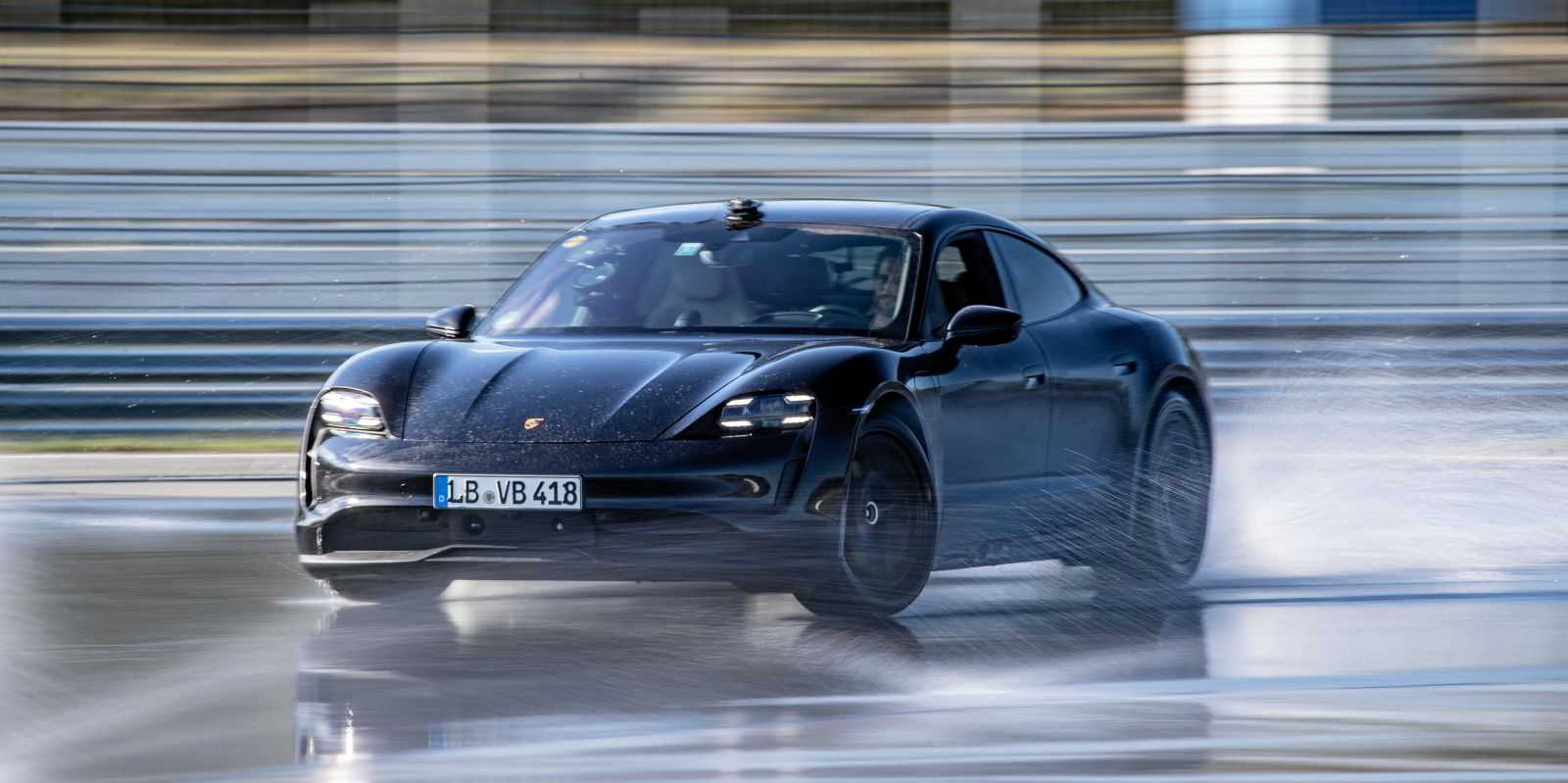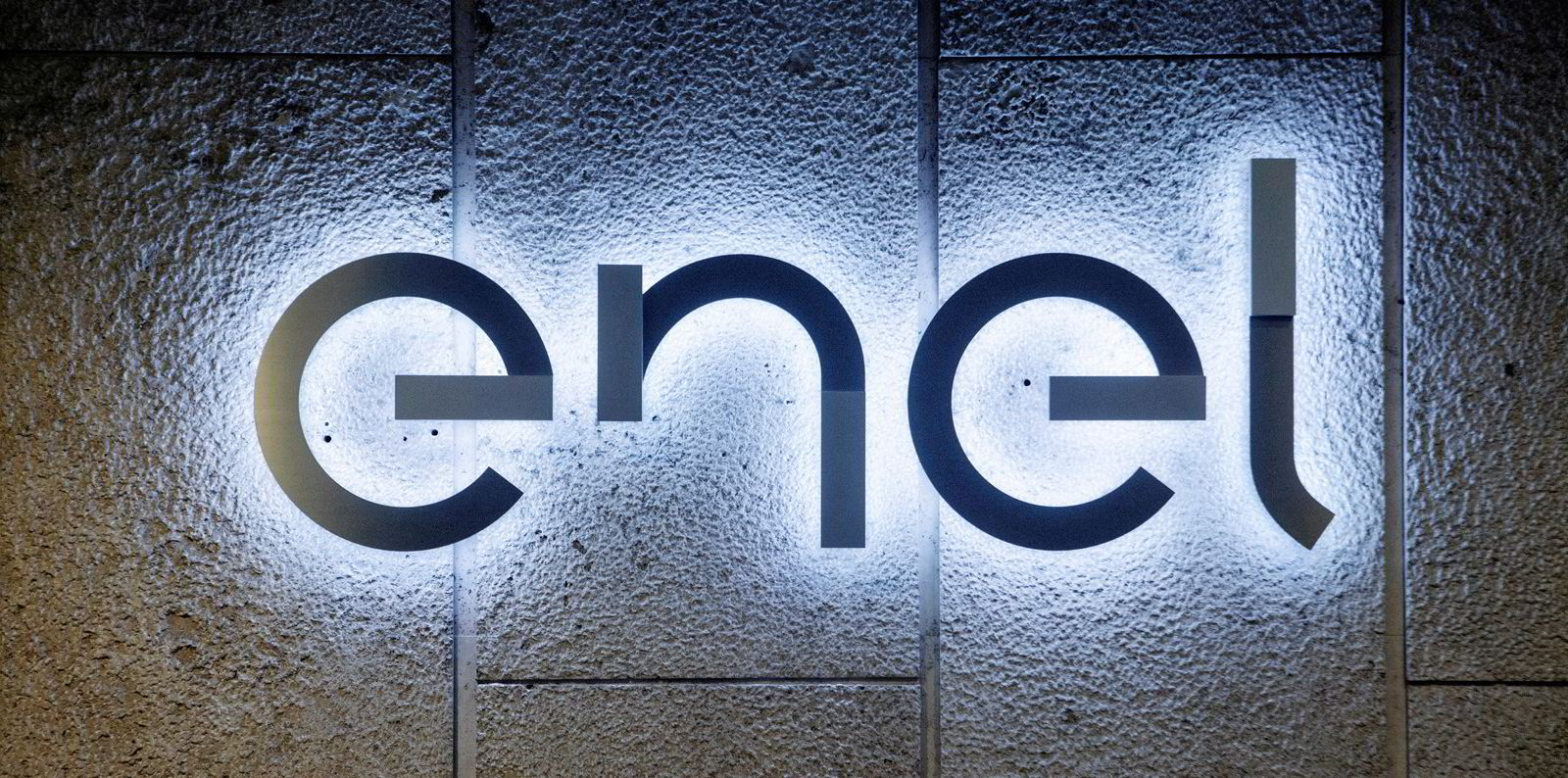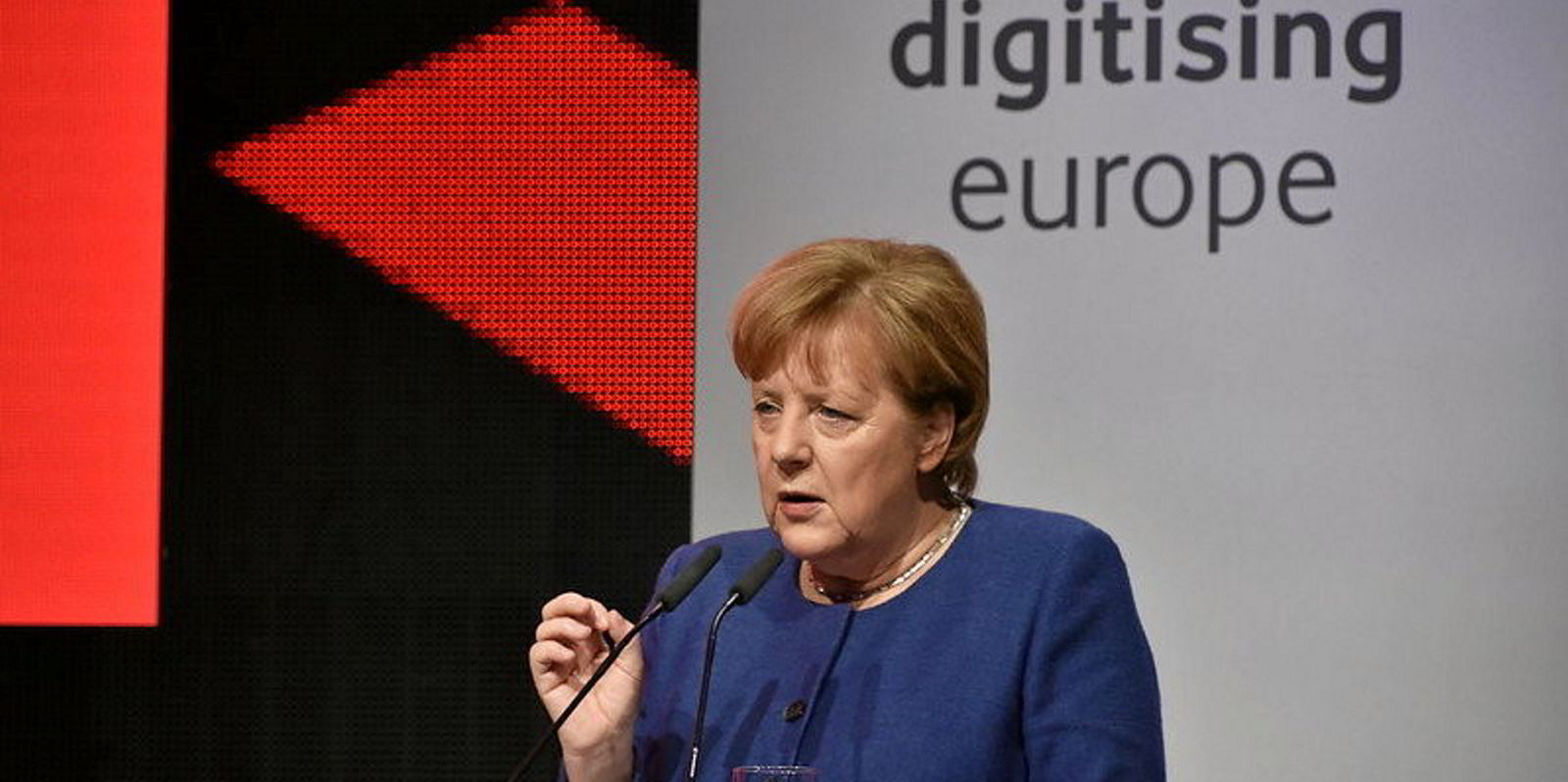Siemens Gamesa plans to have a “world first” system producing hydrogen directly from a wind turbine operating by next month, with the green H2 used to fuel Denmark’s taxi fleet.
The wind OEM is linking a 3MW turbine directly to a 400kW electrolyser near its Danish headquarters in Brande, producing hydrogen in “island mode” with no connection to the grid, and according to Siemens Gamesa the first pilot of its kind globally.
Electrolyser provider GHS said earlier this year that the system would produce green H2 at the “lowest levelised cost available, and on the way to cost parity with fossil-based hydrogen”.
Siemens Gamesa is finalising permits for the project and expects to begin production by January 2021.
It has signed a deal with local group Everfuel, which will distribute the hydrogen to refuelling stations where it will supply taxis in Copenhagen and elsewhere.
The 3MW turbine can produce enough hydrogen to fuel 50-70 taxis daily, said Siemens Gamesa, which sees the pilot as an important test ahead of potential massive future deployments of wind-powered H2 supply.
Directly linking wind with hydrogen electrolysis is seen as offering significant cost benefits, and the flexibility of being able to store the fuel locally to meet demand patterns.
CEO Andreas Nauen said: “Green hydrogen has the potential to be a game changer in the quest to decarbonise the power supply and solve the climate crisis.
“Our wind turbines are already making a huge contribution to this effort by providing clean electricity to the grid but, with the storage potential of hydrogen, we can start addressing other key industries. This is the future.”
Transportation, along with heavy industry, is a key target market for green hydrogen.
Recharge reported on Wednesday how Siemens Gamesa’s parent group Siemens Energy and Porsche are working on a wind-to-green H2 project to produce synthetic fuel in Chile.
The pilots of Siemens Gamesa and others at a local supply level are mirrored at the other end of the spectrum by multi-gigawatt plans in nations such as Australia and Saudi Arabia to develop vast, centralised production facilities that would then ship green hydrogen around the world at vast scale.




